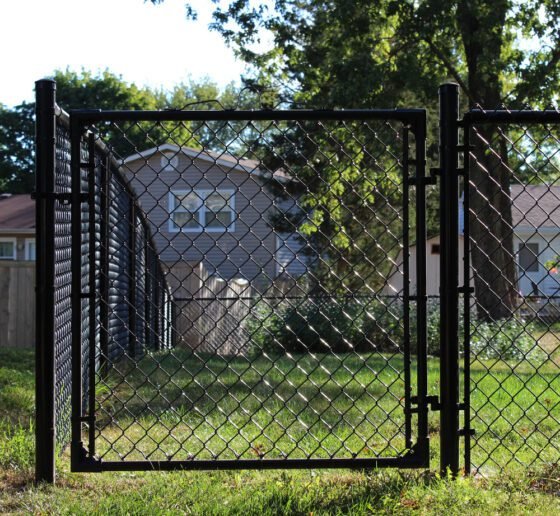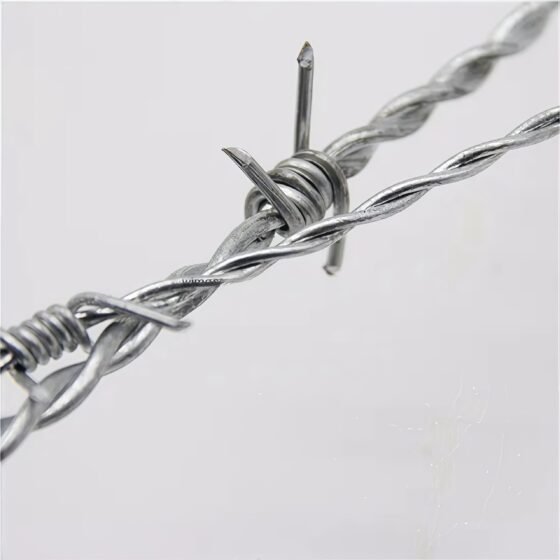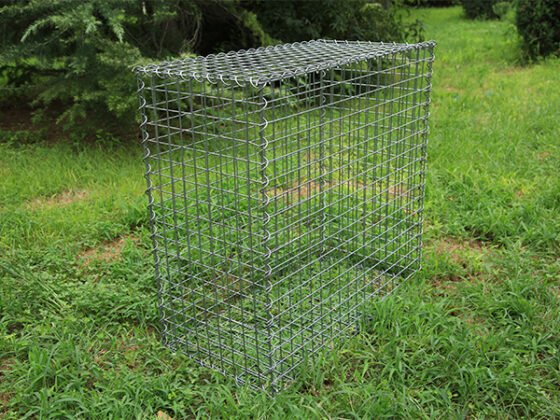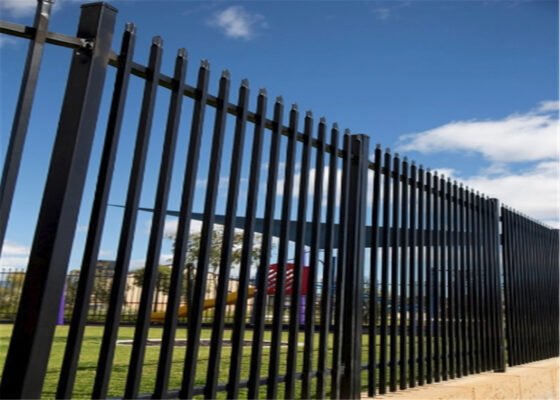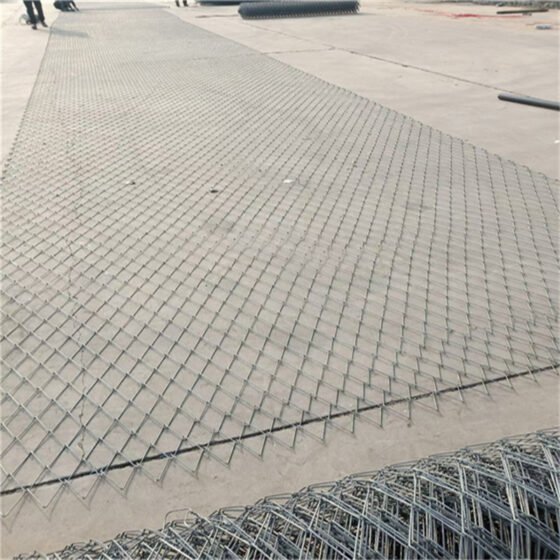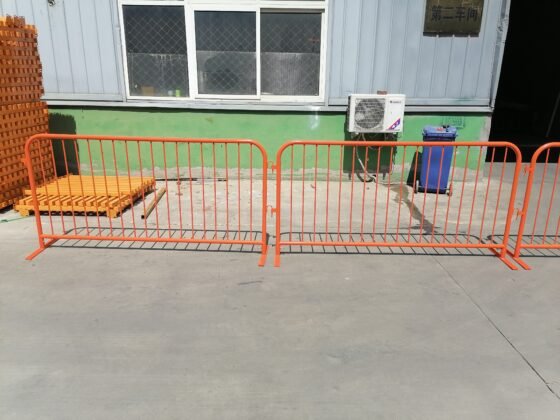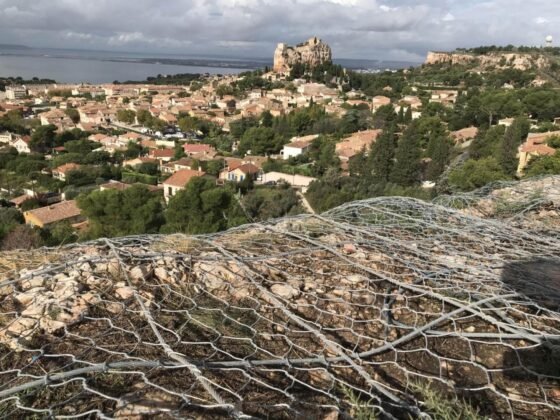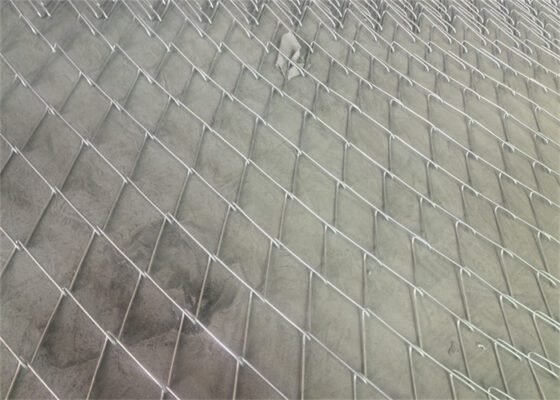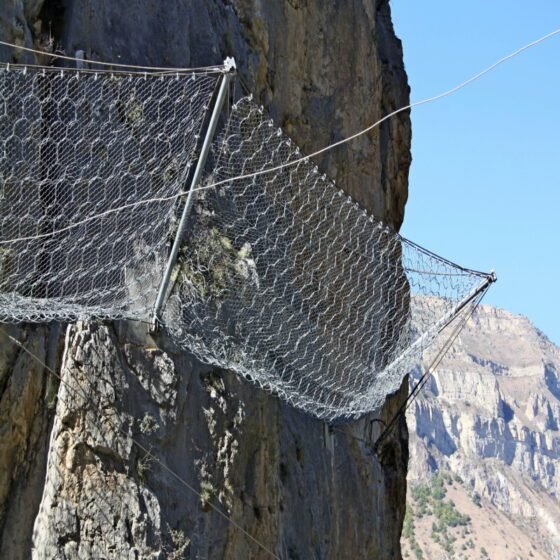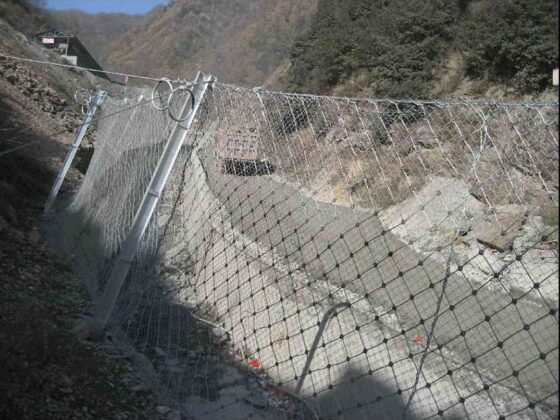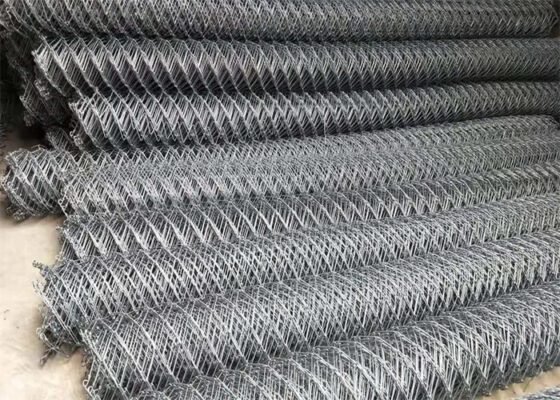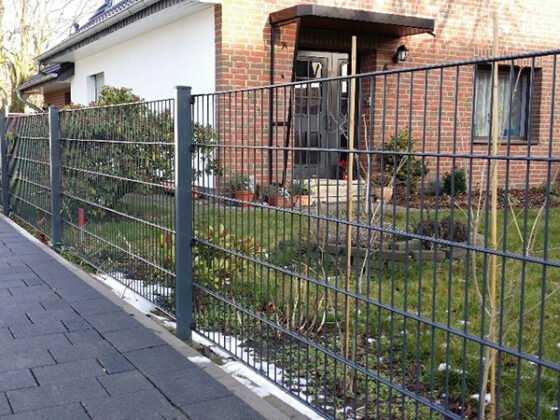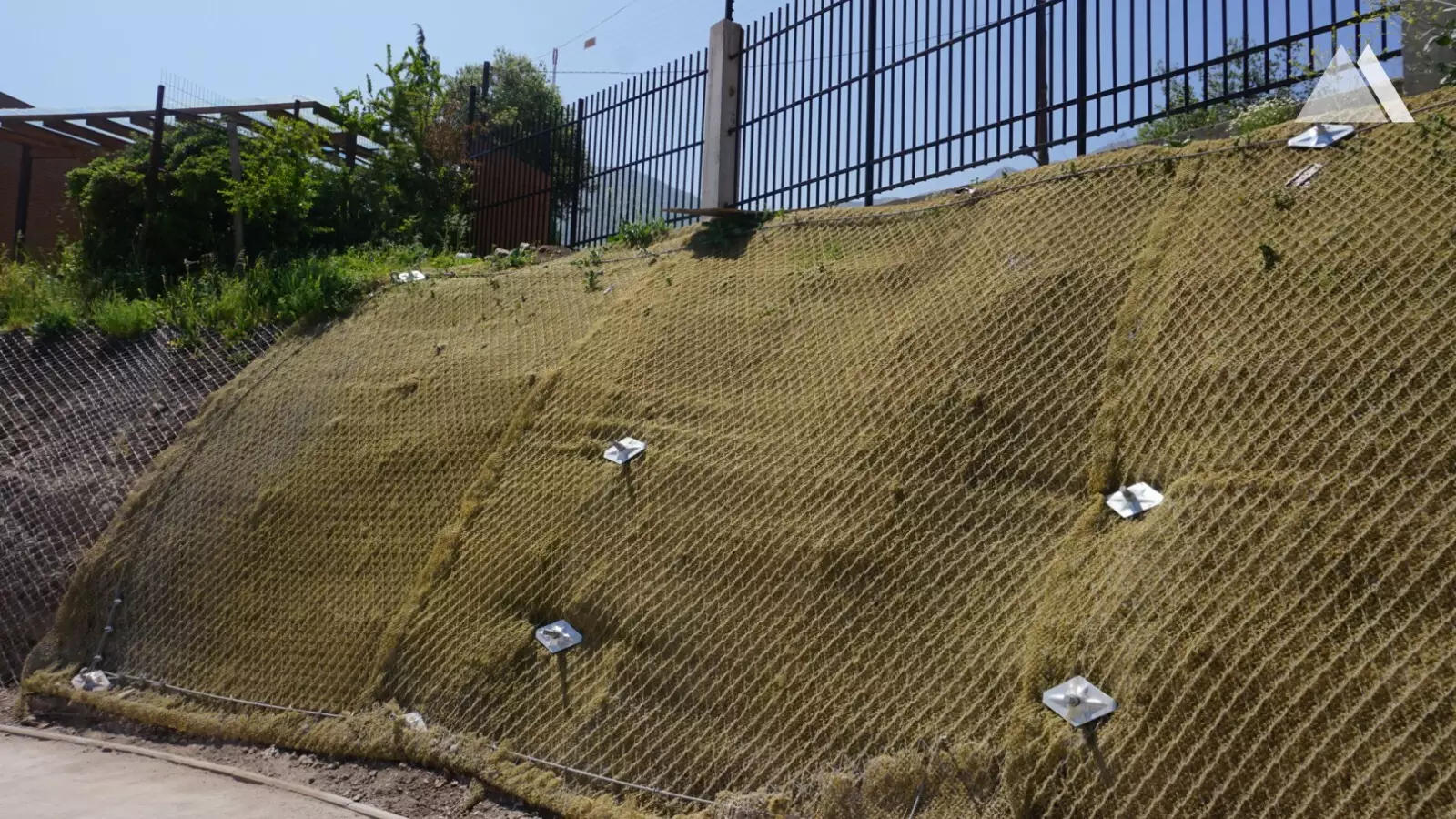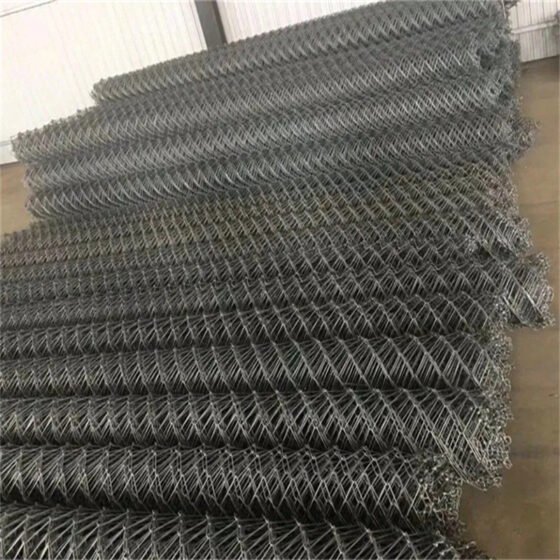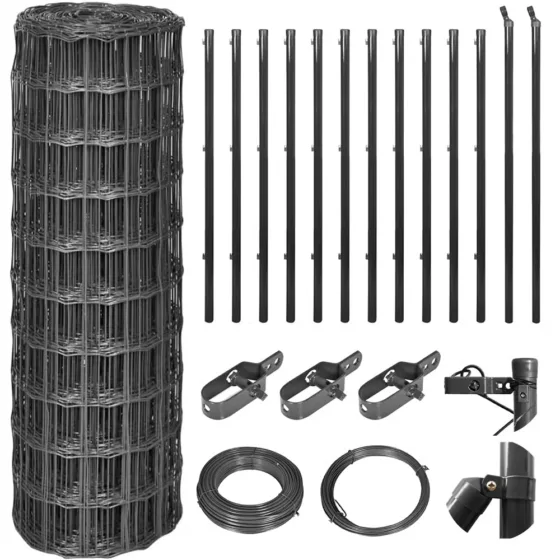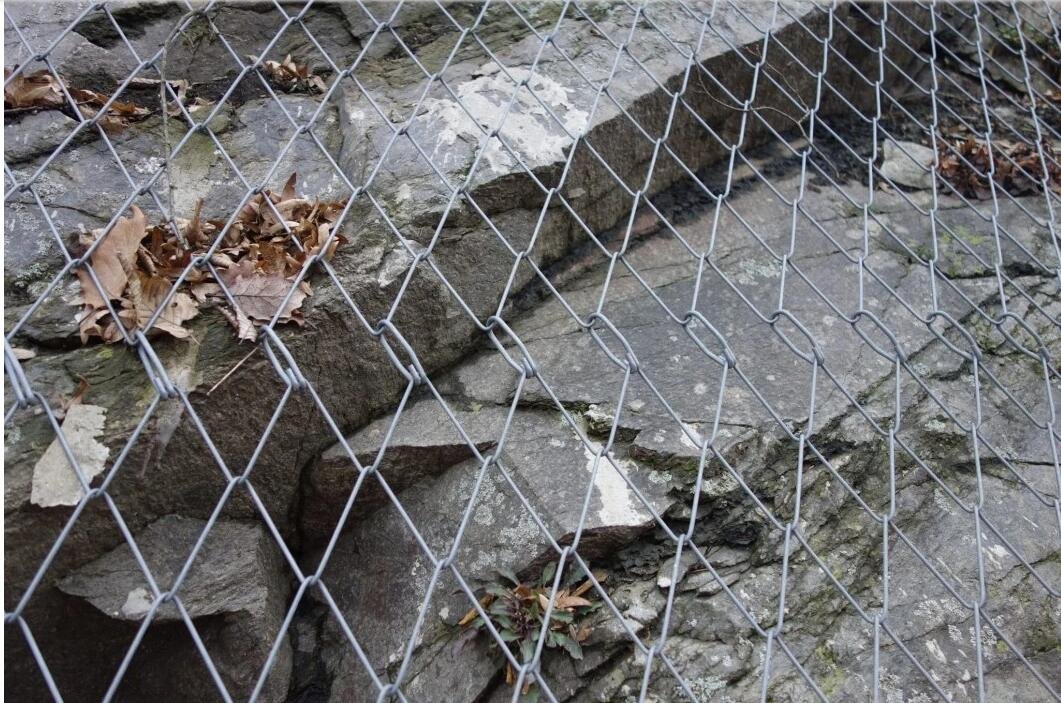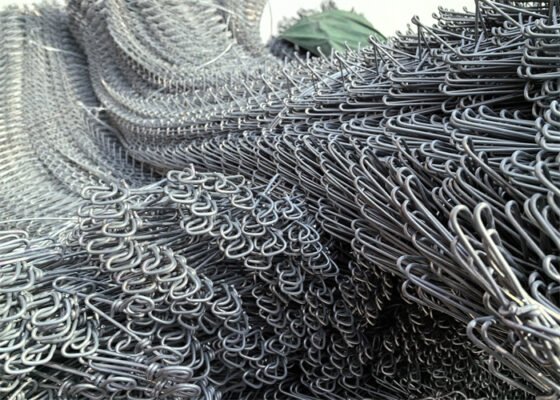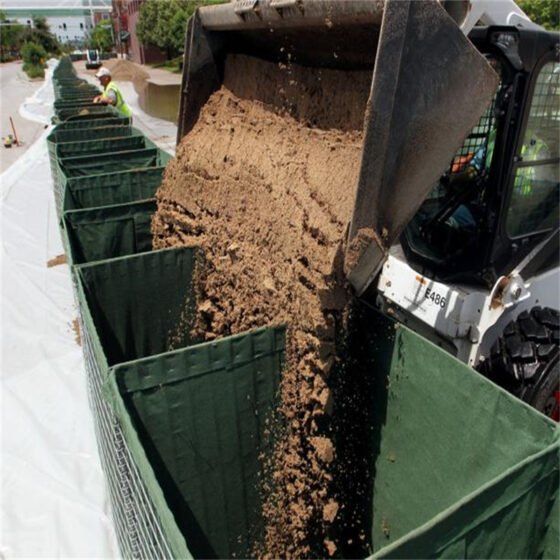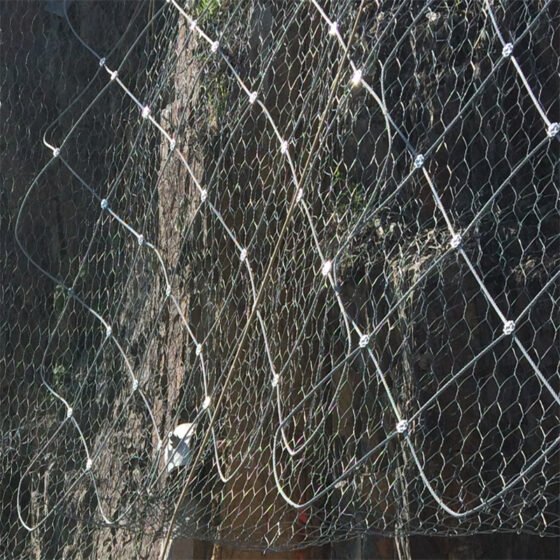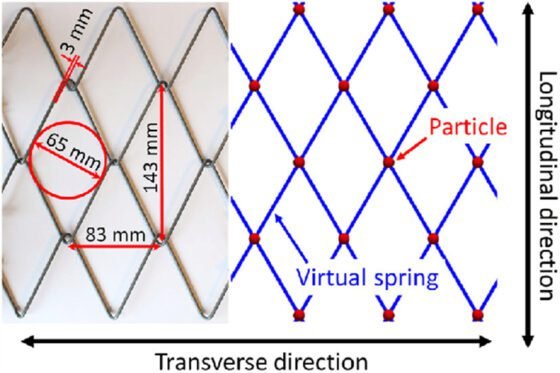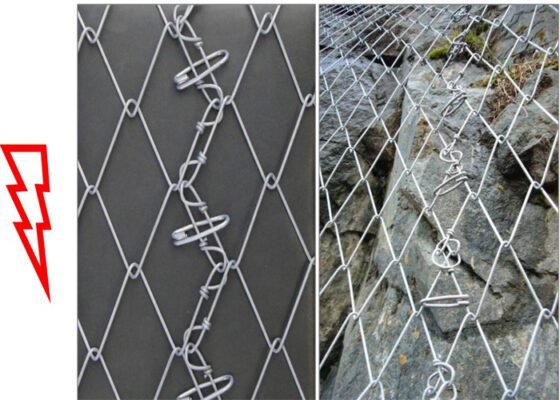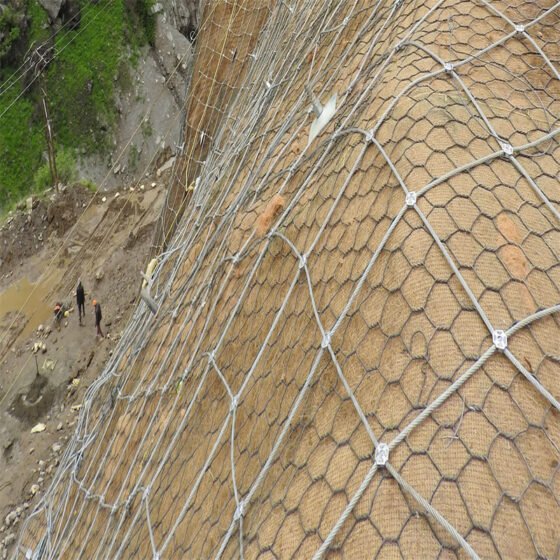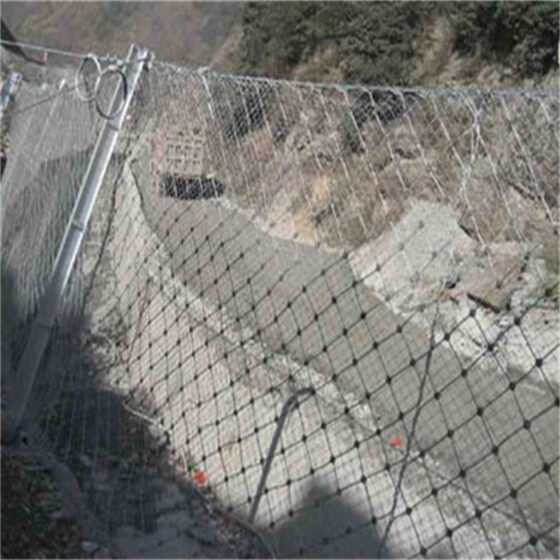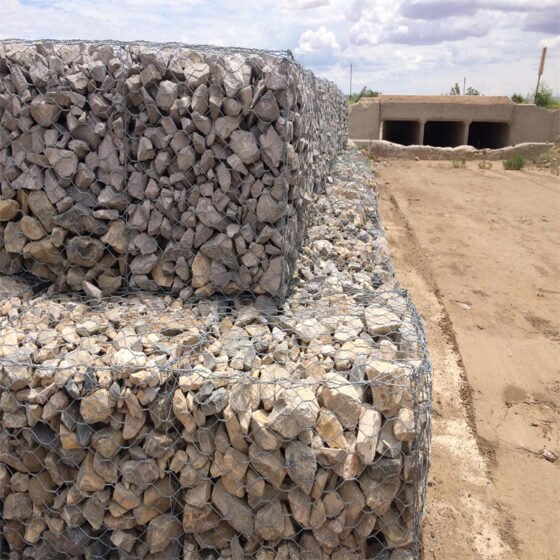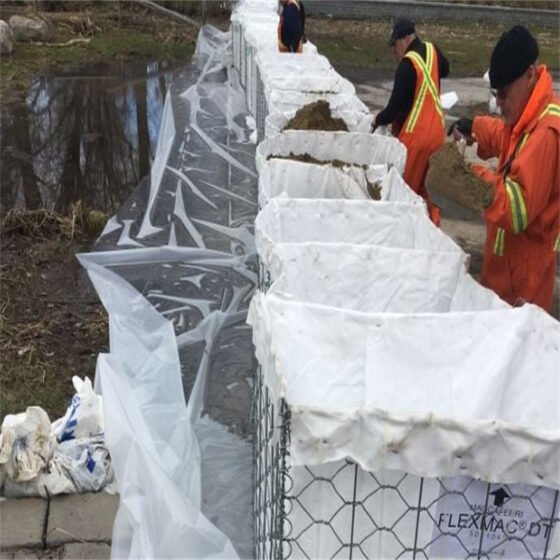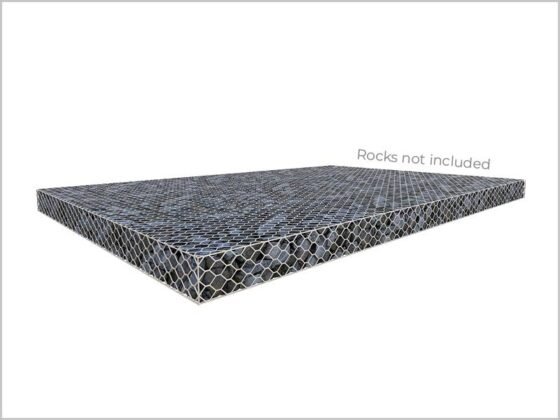The BMP temporary flood barrier consists of flexible steel mesh, shaped into hexagons and twisted together, reinforced with vertical steel rods and lined with a special water-resistant fabric.
You can connect the barrier sections end-to-end with pins to extend them as required. The design allows for quick setup for flood defense. You can use the barrier to raise earthen banks or reinforce temporary construction sites.
The structure is light and flexible, making it easy to put together fast without needing skilled workers or special tools.
People fill the barrier with materials like sand or dirt, which are easy to find locally. This makes it a reliable option for protecting communities, infrastructure, and lives during floods.
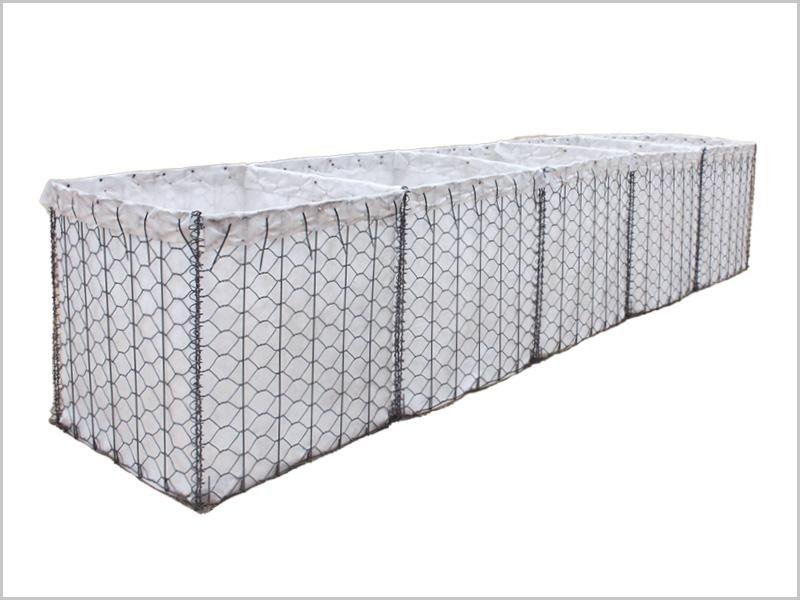
Wire Specifications Before we make the mesh for the BMP barrier, we check the wire thoroughly:
- Strength: The wire needs to be strong, having a strength between 350-550 N/mm². This meets the requirements of the standard EN 10223-3:2013.
- Stretchiness: The wire should stretch by at least 8% to ensure flexibility, according to the same standard.
- Coating: The wire is coated with a material called Galmac, and it has enough coating to meet the quality standard EN10244-2 Class A.
- Coating Quality: The Galmac coating on the wire won’t come off or crack when you bend it around a rod four times thicker than the wire itself, ensuring durability as outlined in the standard EN 10244.
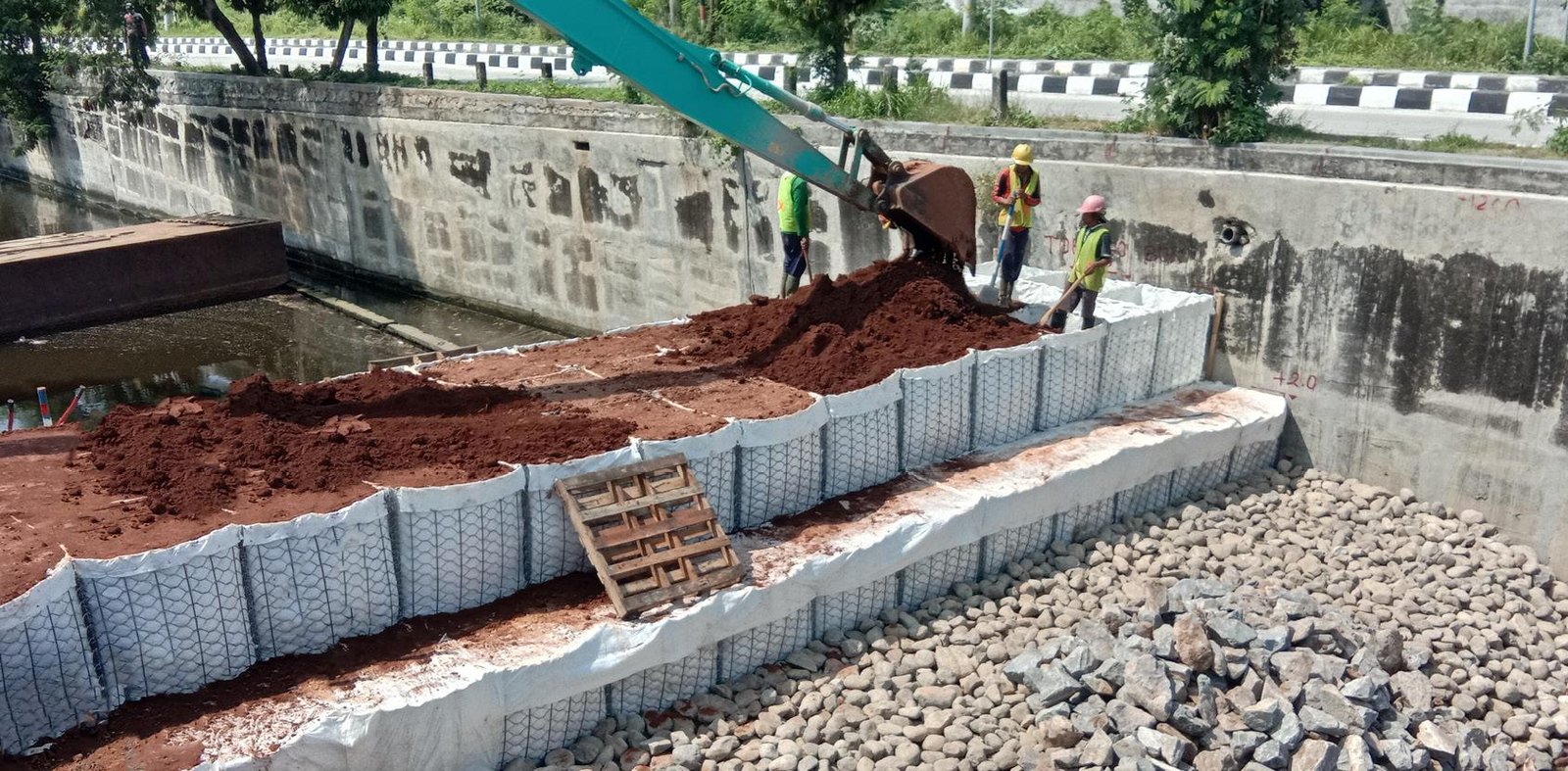
Geotextile Specifications temporary flood barrier
The BMP uses a special fabric lining inside each cell of the barrier:
- The fabric is a nonwoven polymer, heavy enough at 250 grams per square meter.
- It lines the inside of each cell and overlaps at the top edge of the unit. The bottom part of this fabric is left loose. When we install the BMP barrier, this loose part is folded inside to help keep the soil in place.
- To make sure the fabric stays fixed to the mesh, we use galvanized staples.
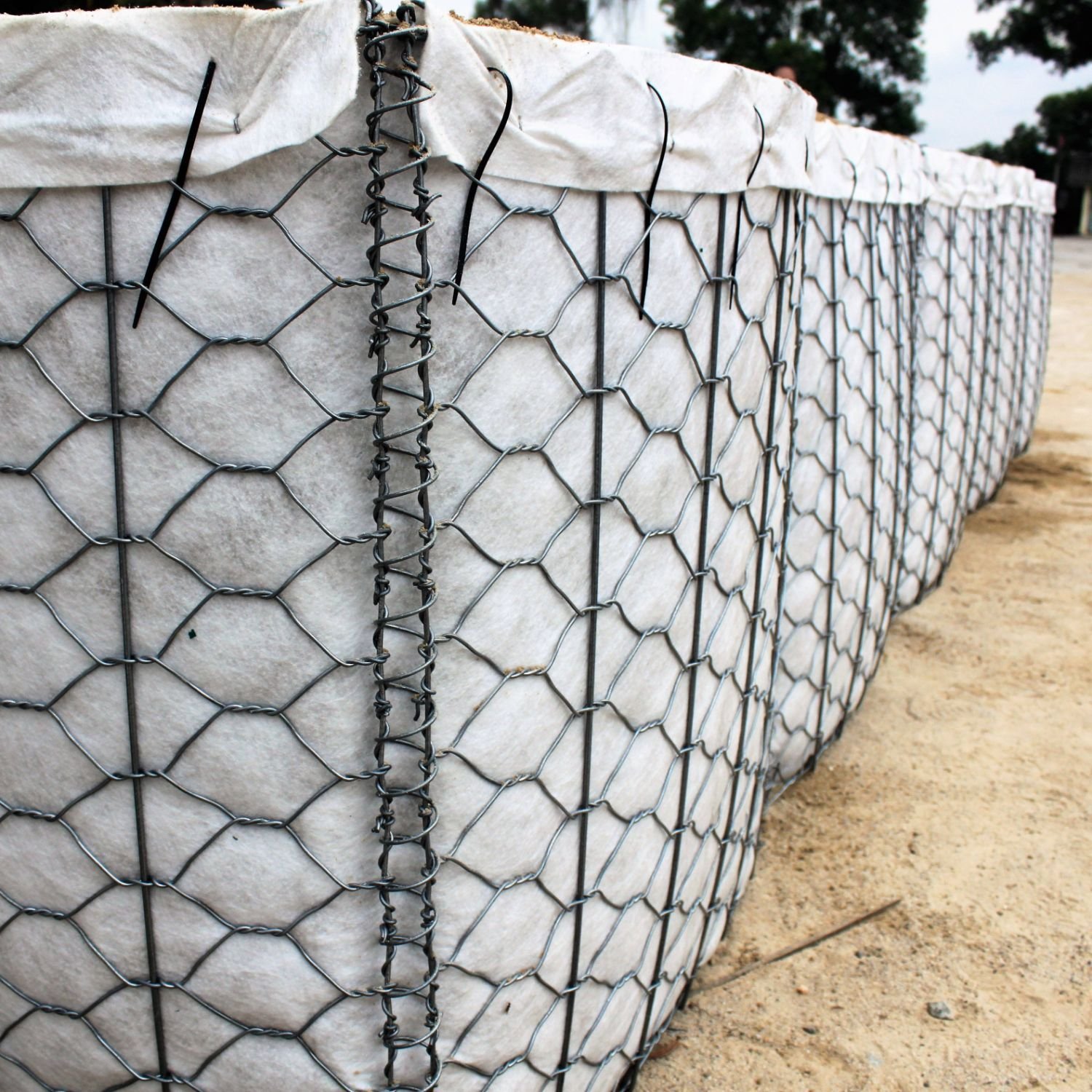
Why Choose BMP’s temporary flood barrier?
The hexagonal, twisted wire mesh of the barrier offers more flexibility than stiff, fixed structures, adapting easily to various needs. Steel rods secure the filled materials, even allowing you to stack the barriers if necessary. Installing this barrier is much quicker than traditional methods like sandbags. For example, five people can set up a 60-meter long barrier in the time it takes thirty people to stack sandbags for just a 10-meter embankment.
The barrier is versatile—you can use it temporarily or leave it in place as a permanent solution. After use, you can easily empty out the materials, fold up the barrier, and store it for next time. It also aids environmental recovery by supporting the growth of plants on rehabilitated flood sites.
Filling the barrier with local materials is convenient, and it is easy to transport and handle. The compact, foldable units connect simply with pins, making deployment straightforward wherever it’s needed.
This barrier is an effective, quick-to-deploy solution for flood control that can help save time, effort, and resources while offering flexibility and durability.
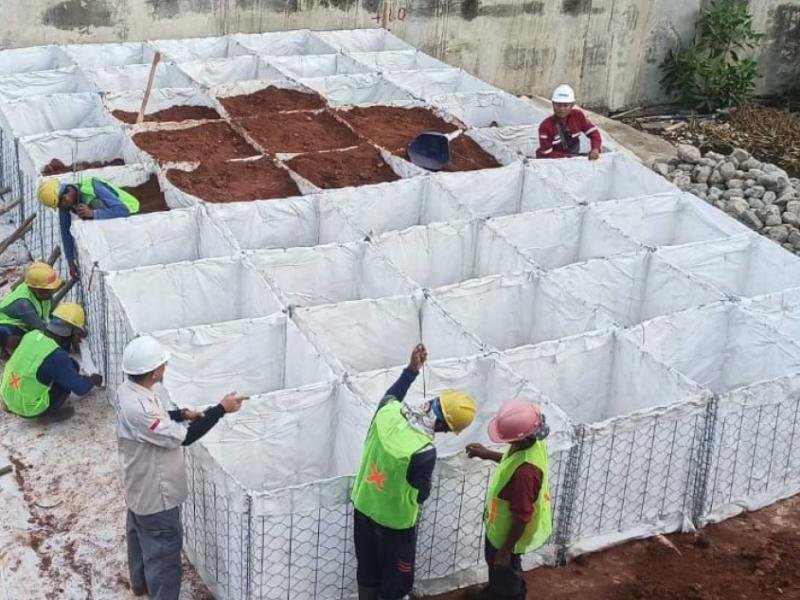
BMP Temporary Flood Barrier Specifications
Table 1: Mesh Characteristics
| Feature | Specification |
|---|---|
| Mesh Type | 8×10 |
| Mesh Opening Size | 80 mm |
| Wire Diameter | 3.00 mm |
| Tolerance | -0 / +10 mm |
Table 2: Steel Wire Characteristics
| Component | Diameter (mm) | Tolerance (mm) | Galmac Coating (g/m²) |
|---|---|---|---|
| DT Mesh Wire | 3.00 | ±0.07 | 255 |
| Spiral Wire | 3.00 | ±0.07 | 255 |
| Reinforcing Rods | 4.90 | ±0.08 | 280 |
| Selvedge Wire | 3.90 | ±0.07 | 275 |
| Pin Wire | 3.90 | ±0.07 | 275 |
Table 3: Dimensions
| Length (m) | Width (m) | Height (m) | Number of Cells | Filled Volume (m³) | Average Infill Weight (ton) |
|---|---|---|---|---|---|
| 1.5 | 0.5 | 0.5 | 3 | 0.375 | 0.5 – 0.6 |
| 5.0 | 1.0 | 1.0 | 5 | 5.0 | 7.0 – 8.0 |
| 5.0 | 1.0 | 1.4 | 5 | 7.0 | 9.8 – 11.2 |
| 10.0 | 1.0 | 1.0 | 10 | 10.0 | 14.0 – 16.0 |
| 10.0 | 1.0 | 1.4 | 10 | 14.0 | 19.6 – 22.4 |
Additional Notes:
- Geotextile: Each cell contains a lining made from a nonwoven polymer with a minimum weight of 250 g/m². Workers fasten this lining to the mesh using galvanized staples.
- Assembly: Workers connect BMP units end-to-end with pins and stack them using plastic tie wraps for vertical connections.
- Filling: You can fill the units with suitable material available on-site to achieve the wall’s intended function. It’s best to start filling uniformly from the central cells.
- Reuse: You can lift the units after use, allowing the fill material to fall out, and then store them for reuse.
This table should help in understanding the specifics and capabilities of the BMP Temporary Flood Barrier as per the latest technical data sheet.

Standards for BMP Temporary Flood Barrier
| Standard | Description | Application |
|---|---|---|
| EN 10223-3:2013 | Specifies requirements and tests for metallic wire and wire products for fencing and netting | Applied to the mesh characteristics, confirming the mesh wire diameter and tolerances |
| EN 10218-2 | Wire tolerances standard | Used for specifying wire diameter tolerances for the mesh, spiral, selvedge, and pin wires |
| EN 10244 | Covers the general requirements for the coating and finishing of steel wire | Applied to the Galmac coating and adhesion of coating on the wire, ensuring it doesn’t flake or crack under stress |
Conclusion
In conclusion, the BMP temporary flood barrier is an innovative and effective solution for flood control. Designed with flexibility and durability in mind, it utilizes a robust hexagonal, double-twisted wire mesh reinforced with vertical steel rods and lined with a non-woven geotextile fabric. This design not only allows for quick and easy deployment but also ensures the barrier is strong enough to withstand the pressures of floodwaters while effectively containing fill materials such as sand or soil.
 BMP Slope Protection
BMP Slope Protection

